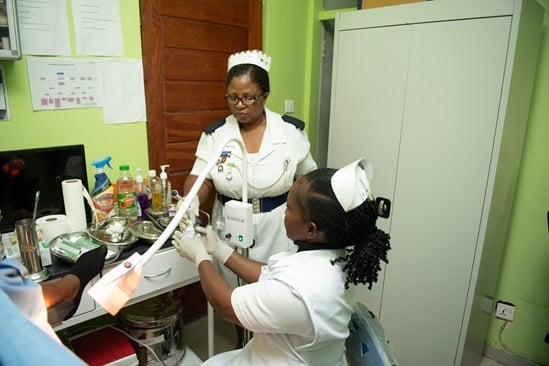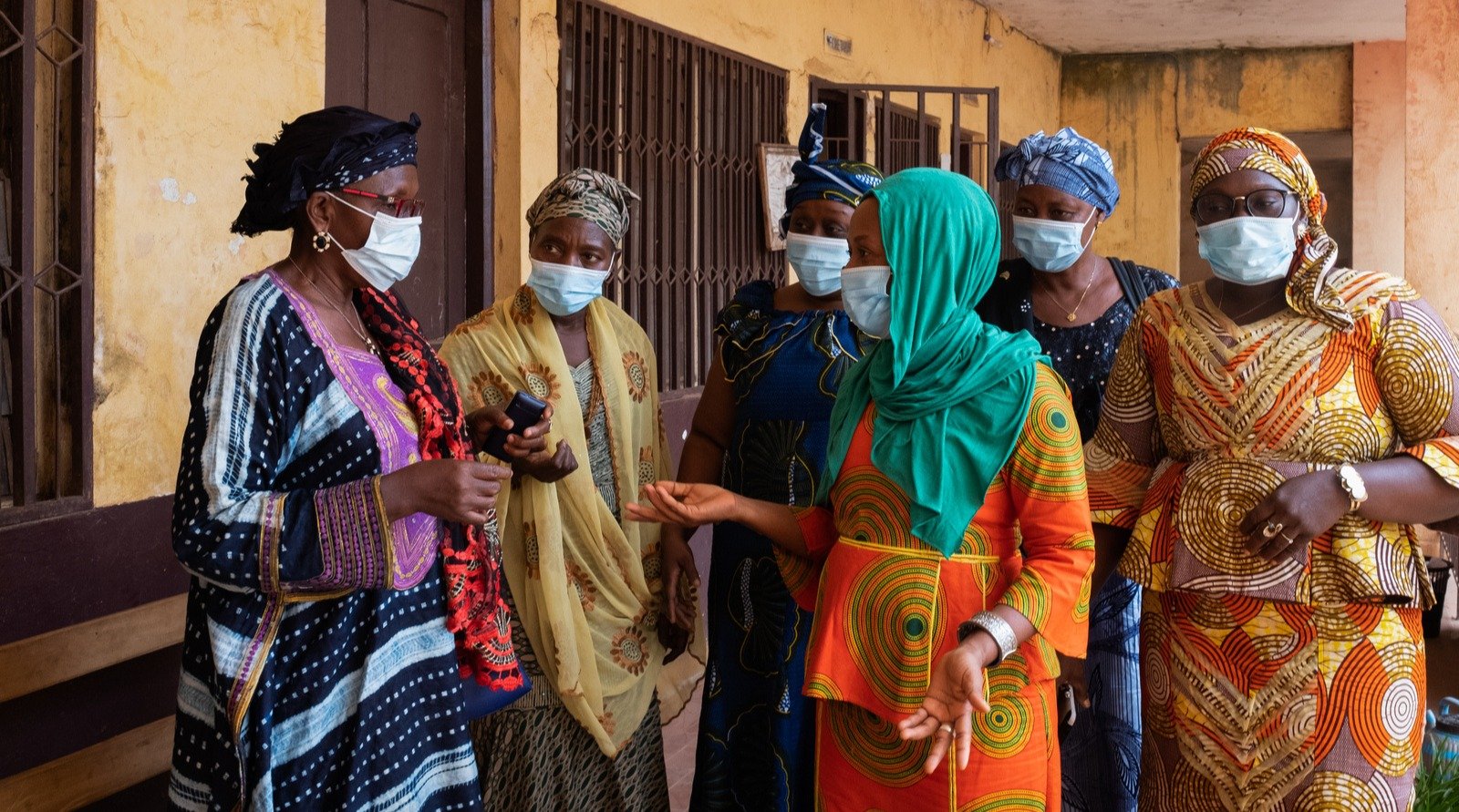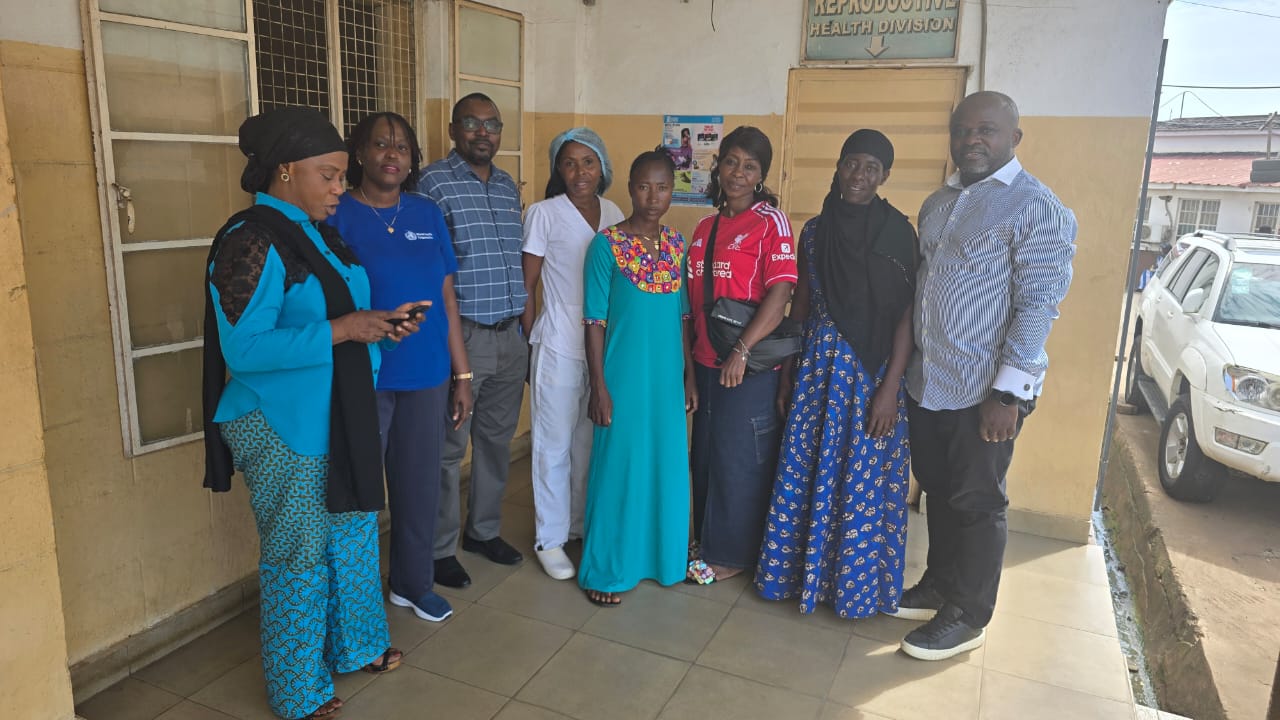

Cervical Cancer Elimination Initiative
Cervical cancer is preventable and curable, as long as it is detected early and managed effectively. Yet it is the 4th most common form of cancer among women worldwide, with the disease claiming the lives of almost 350 000 women in 2022.
Few diseases reflect global inequities as much as cancer of the cervix. Nearly 94% of the deaths in 2022 occurred in low- and middle-income countries. This is where the burden of cervical cancer is greatest, because access to public health services is limited and screening and treatment for the disease have not been widely implemented.
An ambitious, concerted and inclusive strategy has been developed to guide the elimination of cervical cancer as a public health problem.
A global strategy
In May 2018, the WHO Director-General announced a global call for action to eliminate cervical cancer, underscoring renewed political will to make elimination a reality and calling for all stakeholders to unite behind this common goal.
Upon the request of Member States, the Director-General established his flagship Cervical Cancer Elimination Initiative to develop a global strategy for the elimination of cervical cancer. In August 2020 the World Health Assembly adopted the Global Strategy for cervical cancer elimination.
Now is the time to act to eliminate cervical cancer as a public health problem.
Achieving elimination
To eliminate cervical cancer, all countries must reach and maintain an incidence rate of below 4 per 100 000 women. Achieving that goal rests on three key pillars and their corresponding targets:
- vaccination: 90% of girls fully vaccinated with the HPV vaccine by the age of 15;
- screening: 70% of women screened using a high-performance test by the age of 35, and again by the age of 45;
- treatment: 90% of women with pre-cancer treated and 90% of women with invasive cancer managed.
Each country should meet the 90–70–90 targets by 2030 to get on the path to eliminate cervical cancer within the next century.
About cervical cancer
Highlights


It’s not the end of the road: Christiana’s story of courage and care In Sierra Leone’s fight against cervical cancer
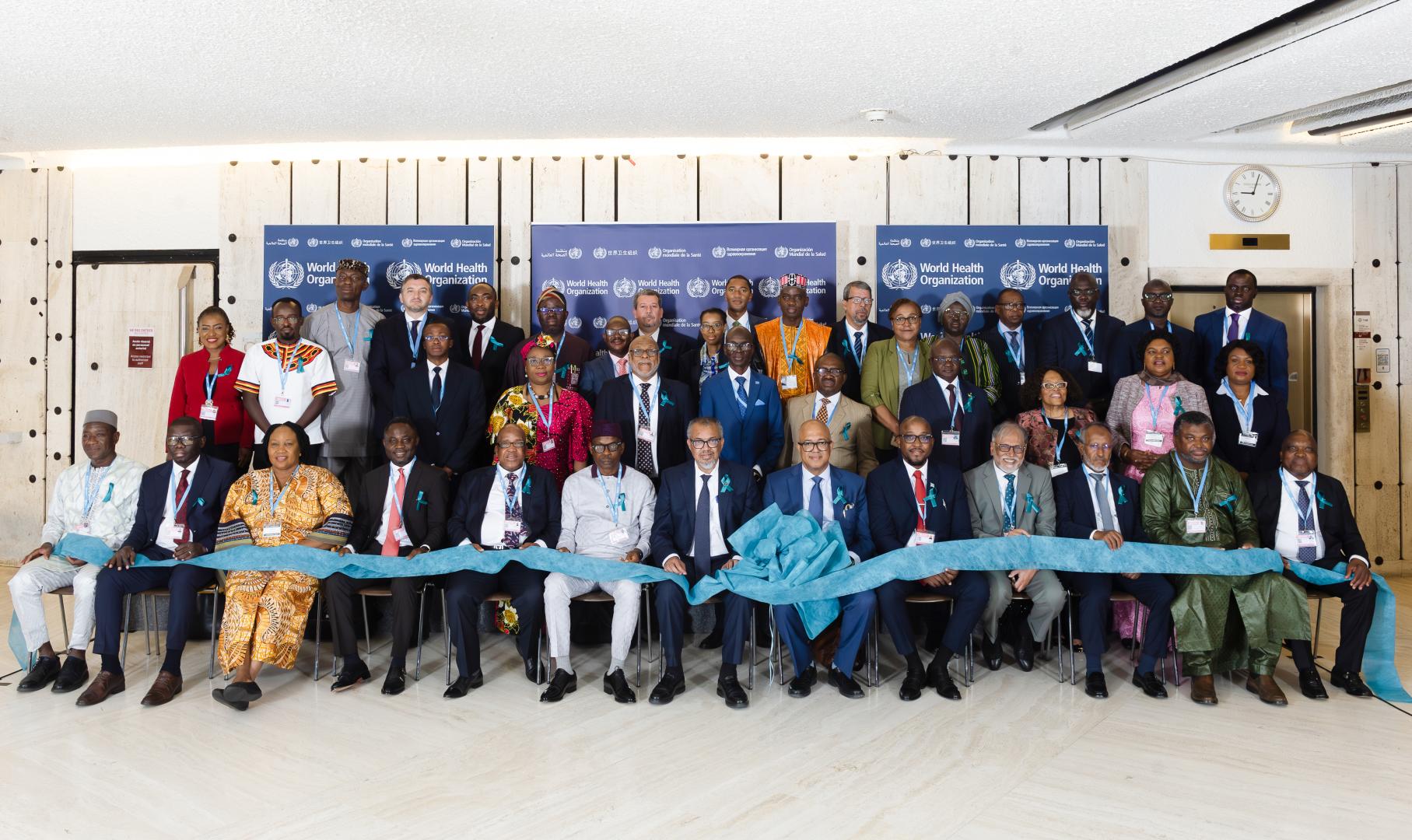
World Health Assembly endorses 17 November as World Cervical Cancer Elimination Day: South Africa and Nigeria lead Member States in advancing a dedicated Global Day of Action
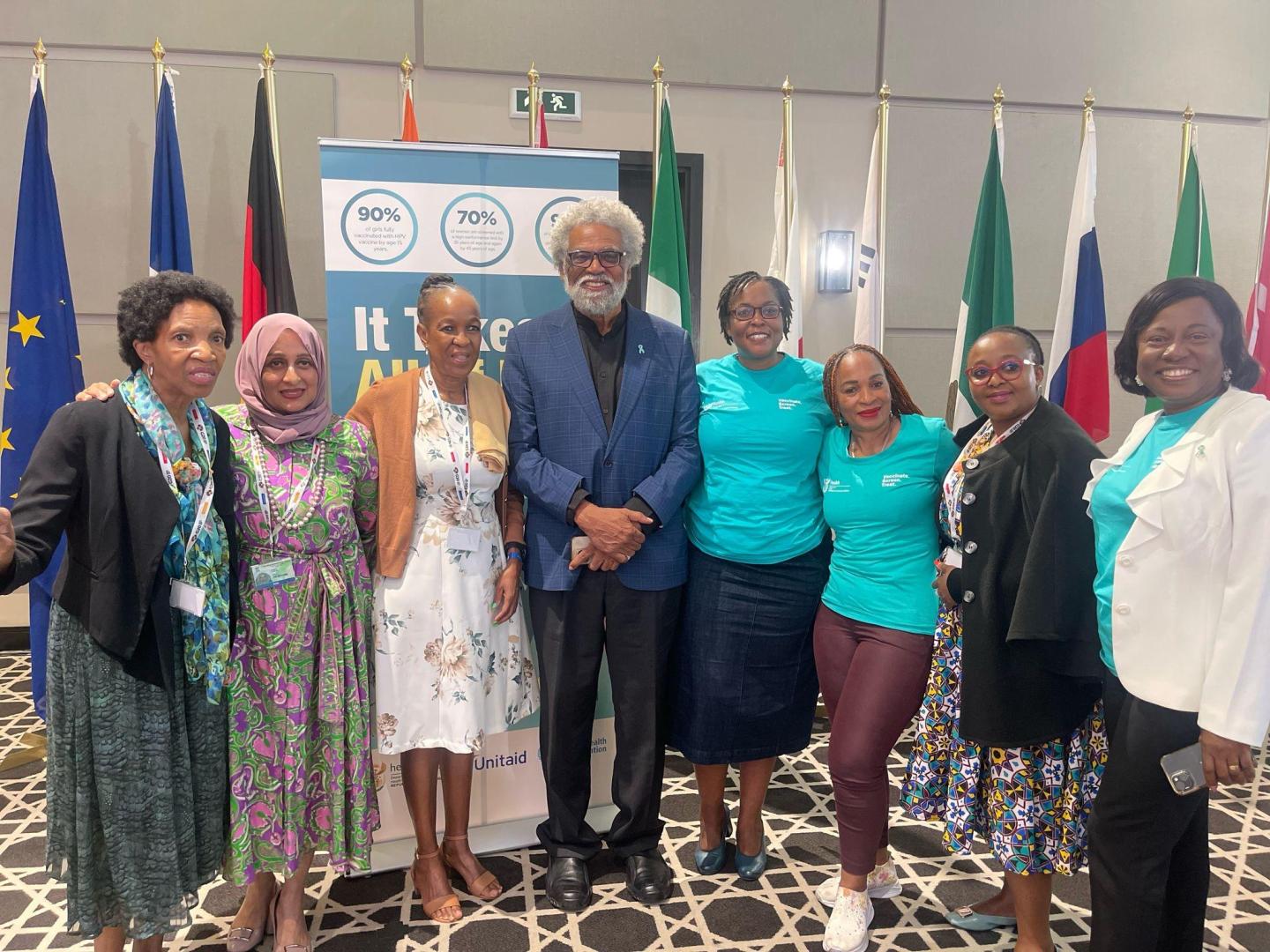
South Africa, WHO, and Unitaid urge G20 to accelerate global action on cervical cancer elimination
Feature stories
All →Get involved
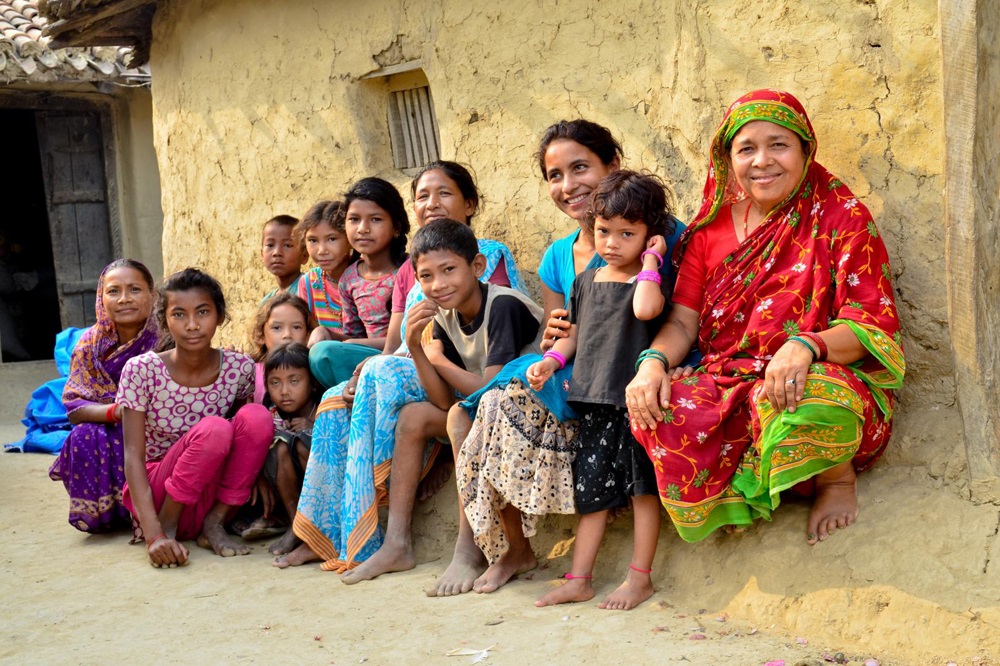
Women and girls
- WHO recommends adolescent girls to receive 1 or 2 doses of HPV vaccine between 9 and 14 years of age.
- Get screened: all adult women should undergo periodic cervical cancer screenings.
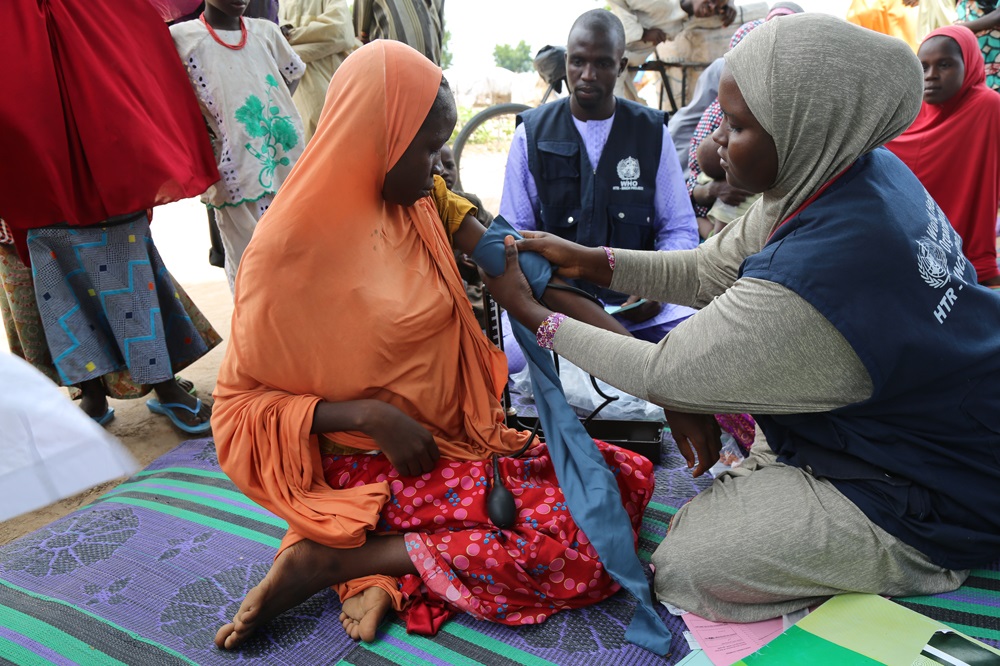
Community groups
- Educate women and girls about the benefits of vaccination, screening and treatment.
- Establish community-based approaches to reach vulnerable people, such as adolescent girls who are not in school.
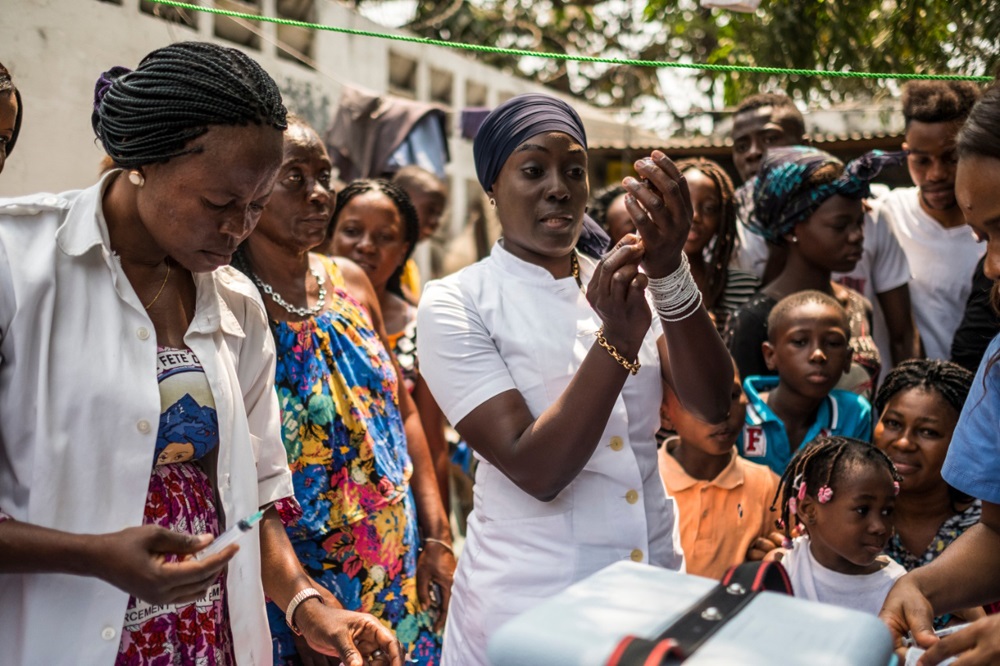
Health care professionals
- Advocate for accessible and affordable screening and treatment services, and integrate these services into the primary care package.
- Track patients throughout the continuum of care to ensure that they are being being successfully tested, diagnosed and treated.
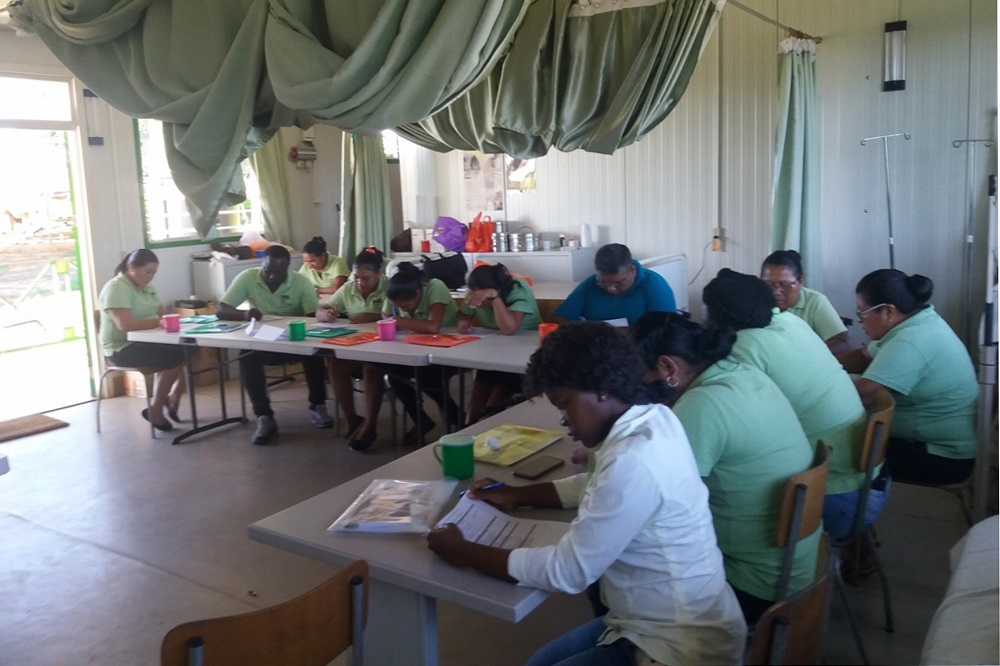
Governments and policy-makers
- Secure sufficient and affordable HPV vaccines, and collaborate with the public and private sectors to increase vaccine coverage.
- Develop national cervical cancer management guidelines, as well as robust monitoring systems, including population-based cancer registries, to keep track of progress.
Survivor stories
Stories from countries
Partner story
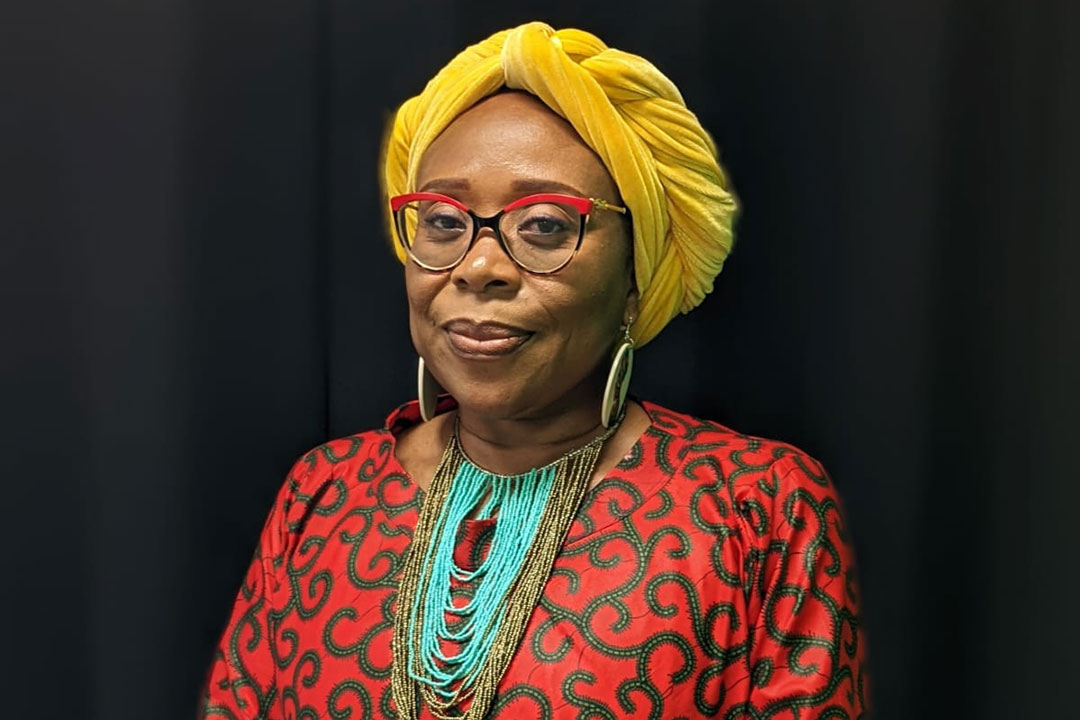
“I felt I was in an ice-cube – I was having an out-of-body experience”: Karen Nakawala on her battle with cervical cancer
Read moreWHO Goodwill Ambassadors
Fact sheet
Multimedia
Related
Director-General's Expert Group featured at a WHO press conference on global health issues
WHO Director-General, Dr Tedros Adhanom Ghebreyesus, highlighted his flagship initiative to eliminate cervical cancer as part of WHO’s commitment to universal health coverage during a press briefing on global health issues.
Featured publications

Events
Knowledge repository
All publications
All →Thailand has made significant progress in cervical cancer control and is on track to achieve the 90-70-90 targets by 2030, particularly through HPV vaccination...
Noncommunicable diseases progress monitor 2025
The fifth in a series, the World Health Organization's 2025 Noncommunicable Diseases (NCD) Progress Monitor provides a snapshot of country progress toward...
Target product profiles for human papillomavirus screening tests to detect cervical pre-cancer and cancer
This document aims to set out the criteria for nucleic acid tests (NATs) to align with human papillomavirus (HPV) screening guidelines to detect cervical...
Operational considerations for increasing access to cervical cancer screening and treatment for women...
This report summarizes the discussions and lessons learned from a WHO think tank meeting on the Operational considerations for increasing access to cervical...


















